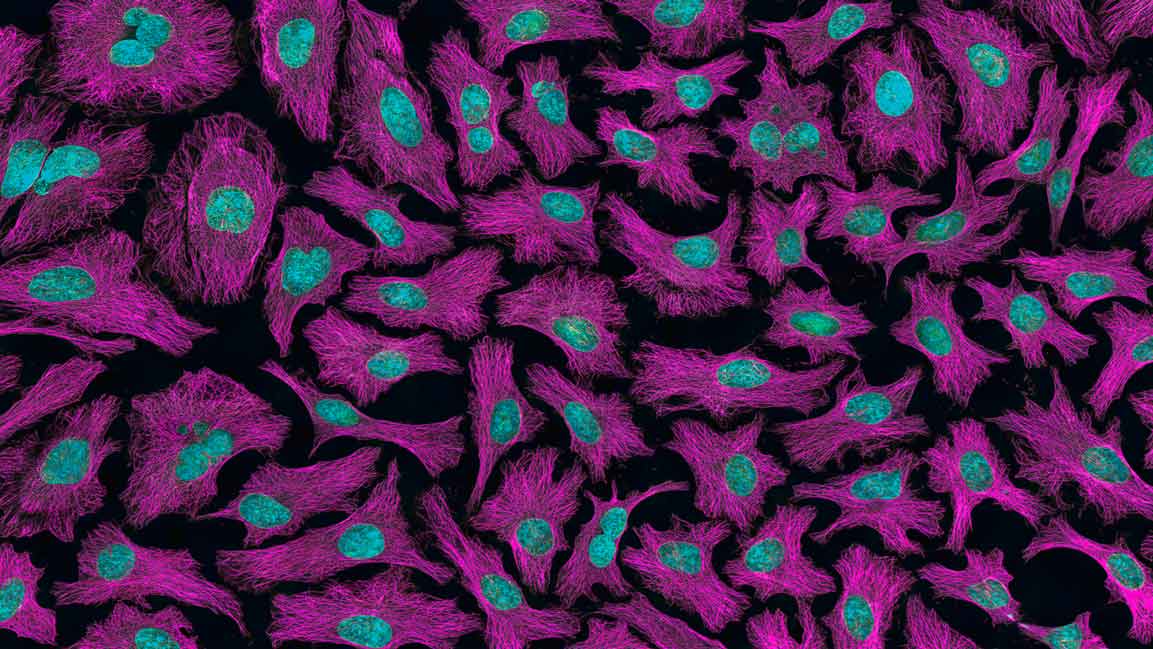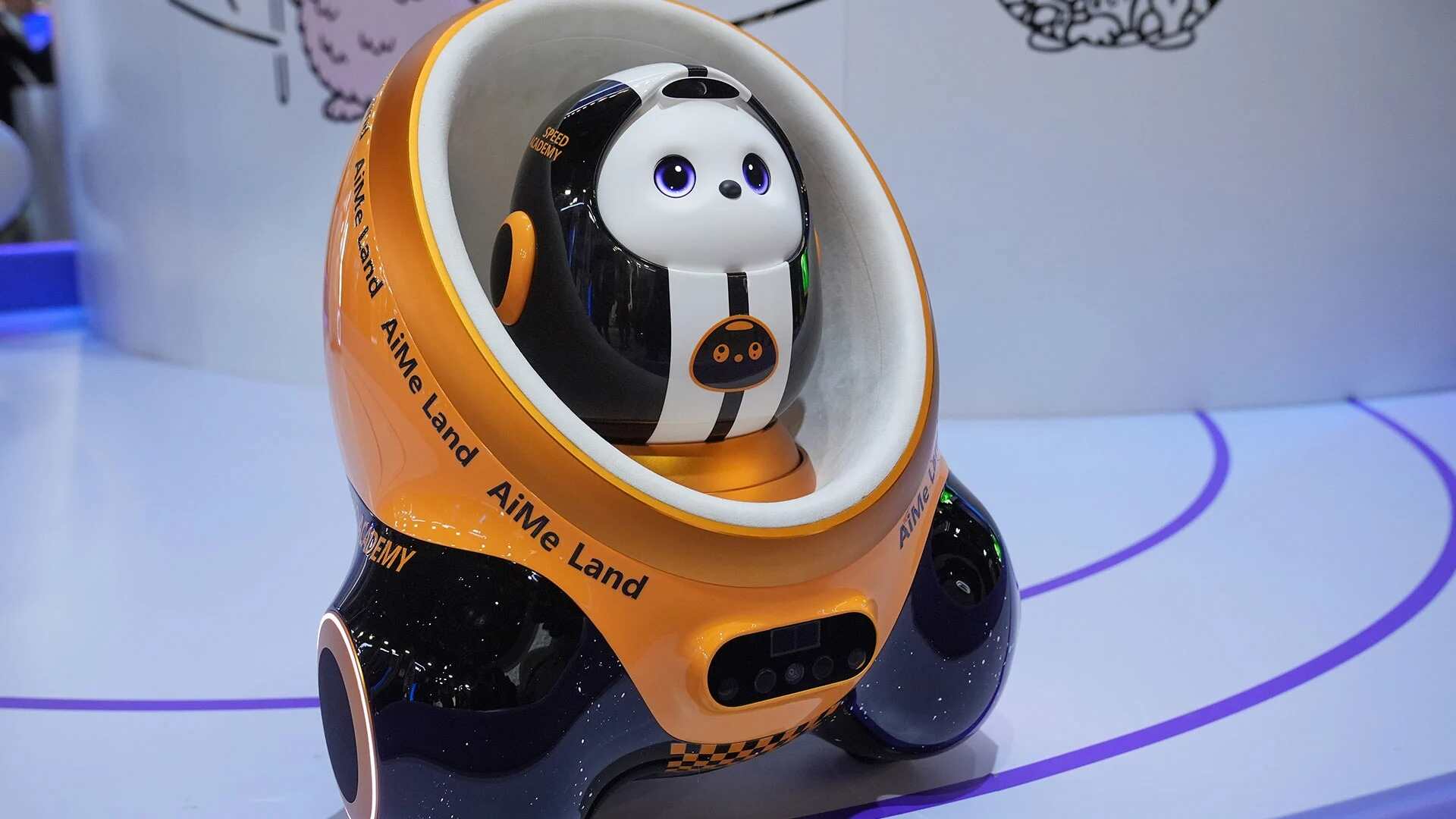- | 9:00 am
How precision medicine is tackling stubborn cancers in 2024
Thanks to precision medicine—and a dose of AI—even some of the more stubborn cancers are getting treated.

In 2022 alone, there were nearly 20 million new cancer cases and 9.7 million cancer-related deaths worldwide, per a report by the National Cancer Institute (NCI). By 2040, the NCI predicts, the number of new cancer cases per year will rise to 29.9 million, and the number of cancer-related deaths will climb to 15.3 million. And though biotech and medtech companies are innovating and devising several ways to effectively treat cancer, it remains the number-one cause of death by disease among children and adolescents in the U.S.
For decades, cancer treatment has been a blunt force trauma approach, with treatments like chemotherapy and radiation therapy. While such treatments often yield good results, they can be brutal and have devastating effects on patients, attacking both healthy and cancerous cells alike. “These therapies can only take a patient so far because of resistance mechanisms that develop and/or tolerability and safety issues that arise,” says Ron Bentsur, CEO of the clinical stage biopharmaceutical company Nuvectis.
This is where precision medicine steps in to help flip the script. By analyzing a patient’s tumor on a molecular level, and factoring in a patient’s genetics and environment, doctors can identify the specific mutations causing cancerous growth. This allows them to target therapies that exploit these weaknesses, maximizing effectiveness and minimizing side effects.
Apart from regulatory bottlenecks that biopharmaceutical companies must navigate during clinical tests for personalized drugs developed for cancer patients, it’s often difficult to get the same results while treating patients. That’s true across the board—and with precision medicine. As Diana Azzam, an environmental health sciences professor at Florida International University, notes in The Conversation, “even though two people with the same cancer might get the same medicine, they can have very different outcomes.”
Another barrier: certain types of cancers, like lung cancer for example, are classified as “cancers of unmet need” and difficult to diagnose and treat.
But things are starting to change.
A RAY OF HOPE
Tara Bishop, founder at medtech VC firm Black Opal Ventures, says with precision medicine, we’re now seeing treatments for cancers that were previously thought untreatable—like lung, liver, and kidney cancers. She credits a number of developments over the past decade. “One is the idea of actually understanding things called biomarkers, which are either proteins that are on the surface of a cell or genetic changes of a tumor that we now can test for when we diagnose someone with cancer,” she says. “That concept of actually being able to understand at a cellular level what’s happening with a tumor and a cancer cell has allowed us to actually customize and personalize the treatments for those cancers.”
For Nuvectis’s Bentsur, “precision medicine is increasingly growing in the quest to strike all types of cancers right at the heart.” Nuvectis is one of the few companies rewriting that story, he adds, with “the development of innovative precision medicines for the treatment of serious conditions of unmet medical need in oncology.”
Precision medicine or targeted therapy started approximately 25-30 years ago in conjunction with the mapping of the human genome and other advances. “It allowed scientists, for the first time, to identify specific targets or mutations that play a role in the sustainability and growth of the cancer cells,” says Bentsur, “and to come up with drugs that could attack such targets by manipulating them.”
INTO THE PRECISION MEDICINE HERD
Nuvectis’s innovative drug pipeline includes two drug candidates (NXP800 and NXP900), which target difficult-to-treat cancer patient populations.
NXP800, which has received approval for Fast Track Designation by the FDA alongside Orphan Drug Designation, targets cancers driven by mutations in the ARID1a gene—a mutation present in a significant subset of ovarian, endometrial, and cholangiocarcinoma cancers, leaving patients with limited treatment options and a poor prognosis—and has shown promise in preclinical trials. NXP900, on the other hand, targets advanced solid tumors and driven squamous cell cancers like esophageal, head, and neck cancers, which are often resistant to existing therapies. The drug has shown promise in preclinical trials.
AI is also playing a role in the industry. The startup Optellum, for example, delivers AI-driven clinical decision support for early lung cancer diagnosis and recently launched its multimodal therapy AI guidance platform for life science research. Optellum CEO Johnathan Watkins says large health systems are often limited in their ability to deliver precision care outside of existing patient pathways due to financial and operational pressures. This is a challenge he believes “AI and ML technologies will help to reduce,” he adds, all while “improving patient outcomes.”
Precision-medicine based oncology companies are a central part of this revolution, and have recently seen significant M&A action. Loxo Oncology rose to fame with Larotrectinib, a drug targeting a rare genetic mutation present in various cancers, and was recently acquired by medicine company Lilly. Similarly, Mirati Therapeutics, another pharma company focusing on developing drugs that target mutations in the KRAS gene, a notorious driver of several cancers, was recently acquired by global biopharmaceutical company Bristol Myers Squibb. Most notable, Seagen, a world-leader in ADC technology, a transformative modality that is emerging as a powerful tool across a broad range of cancers designed to preferentially kill cancer cells, was acquired by Pfizer for a whopping $43 billion.
For Watkins, the next five years present significant opportunities for precision care solutions to move up the value chain. “We’ve already seen this with the move from therapeutics into diagnostics, but screening and discovery are areas where AI can play an even bigger role to improve existing care and ensure patients receive the best care possible,” he says.







































